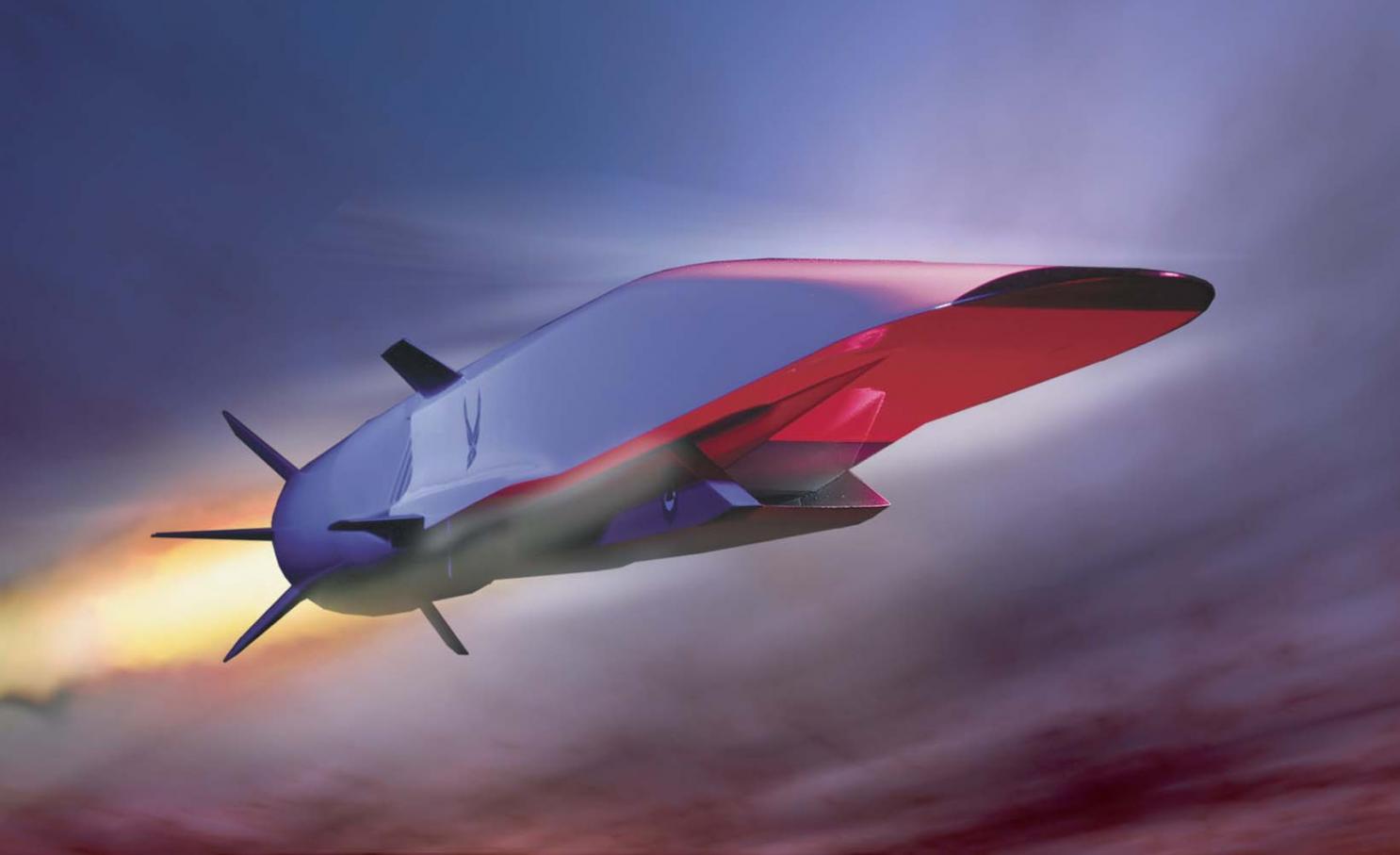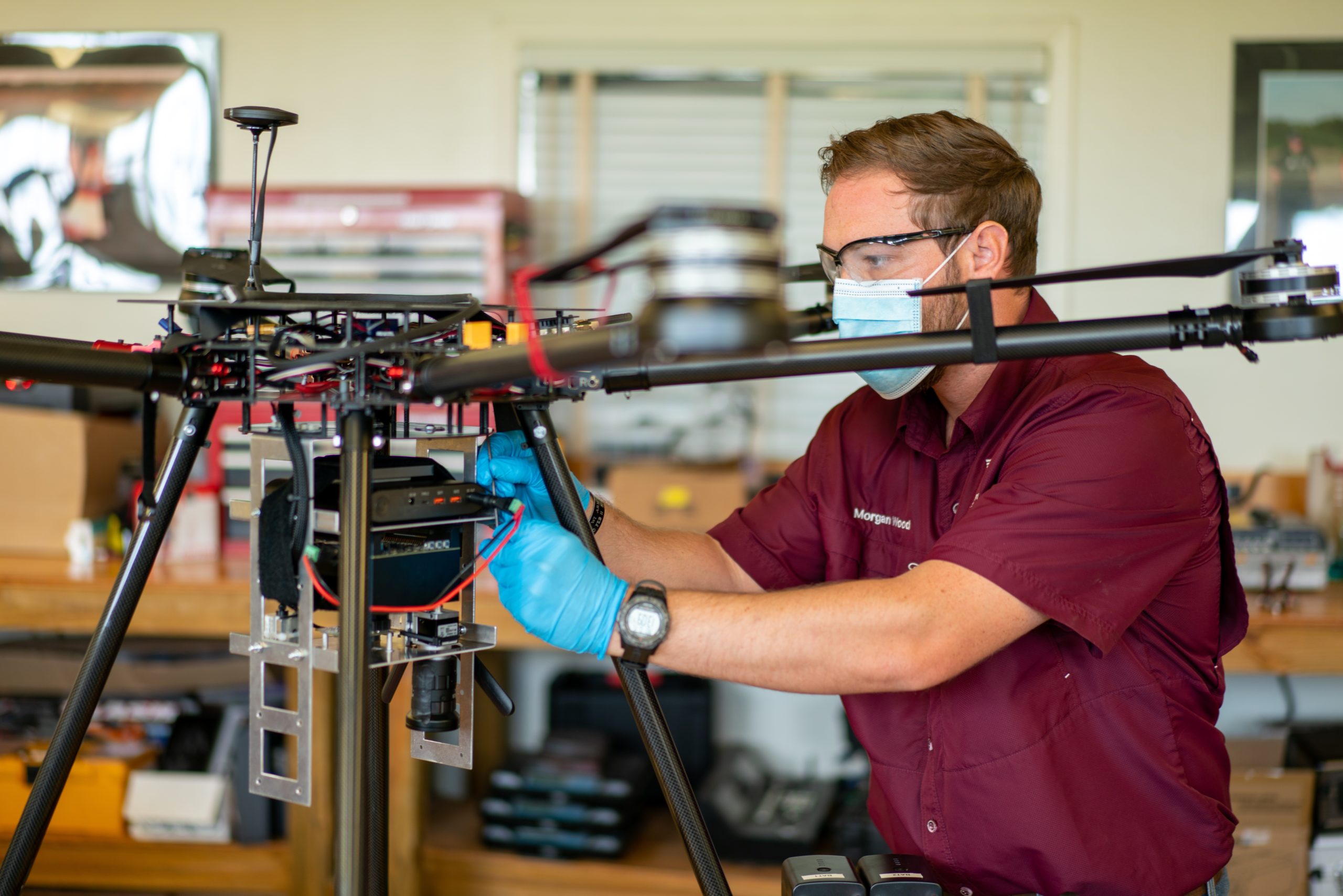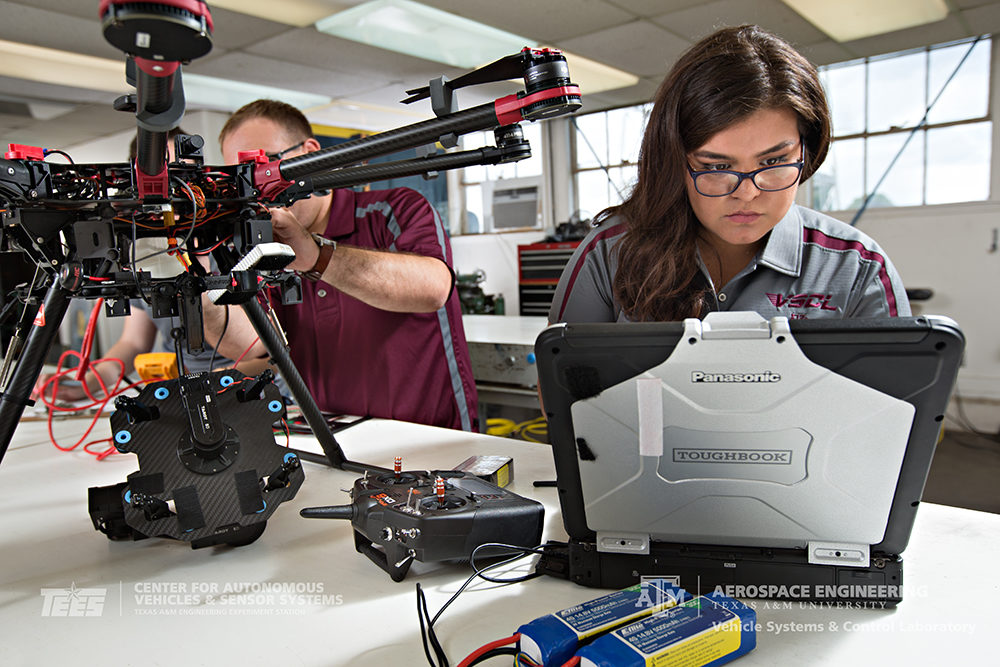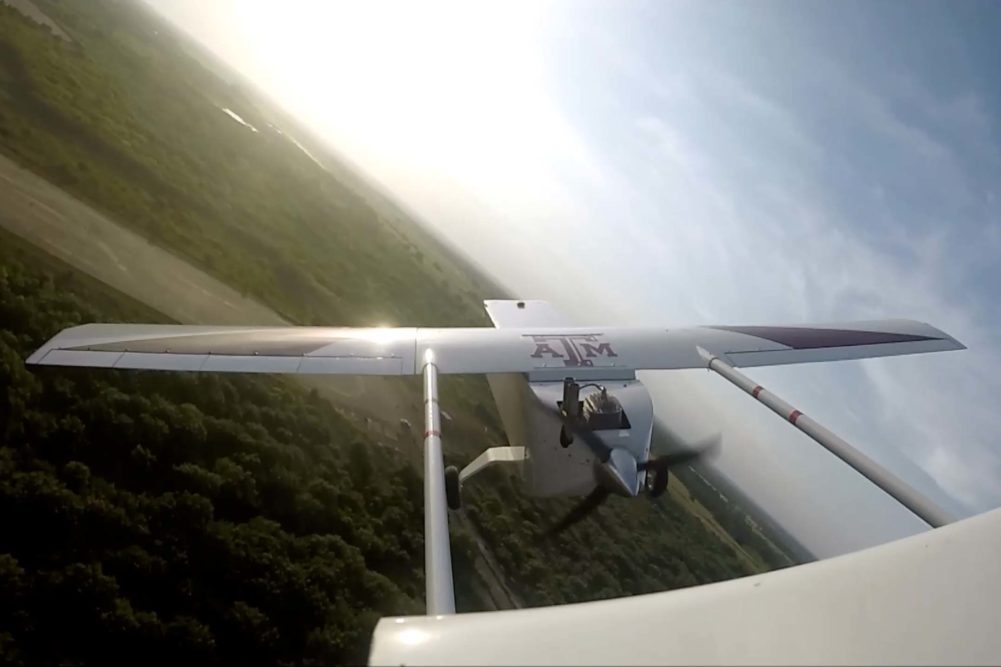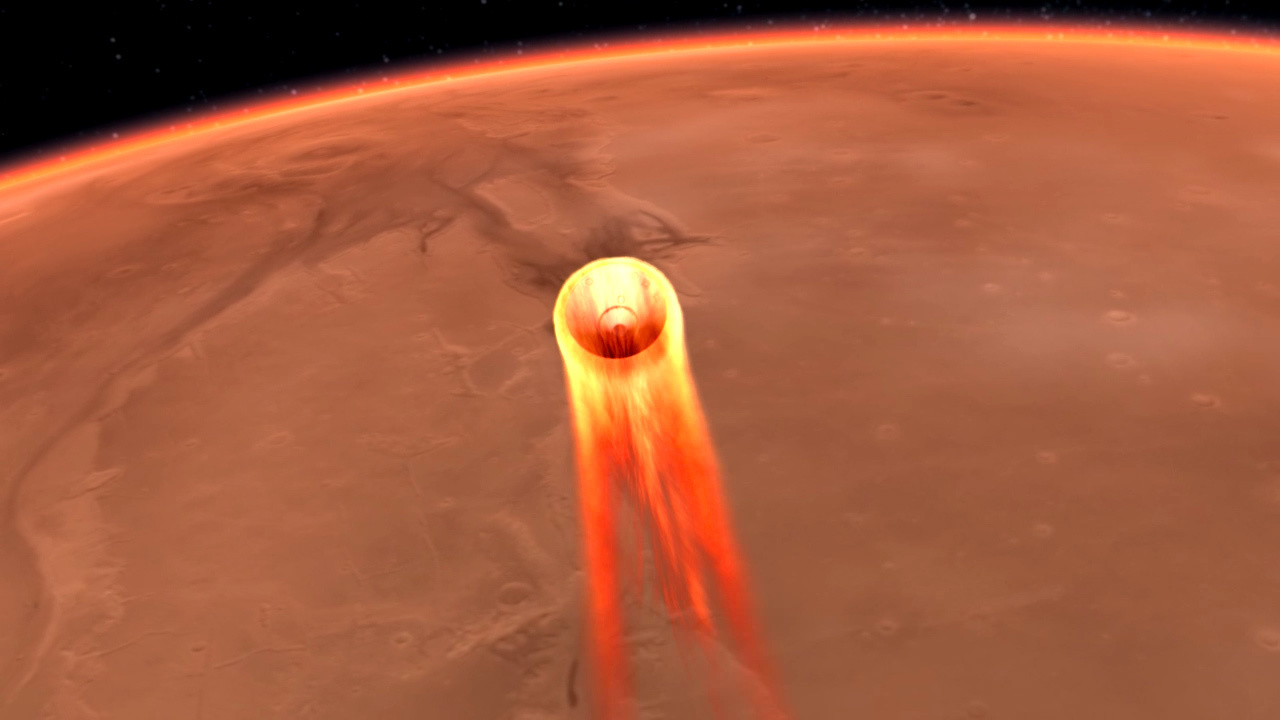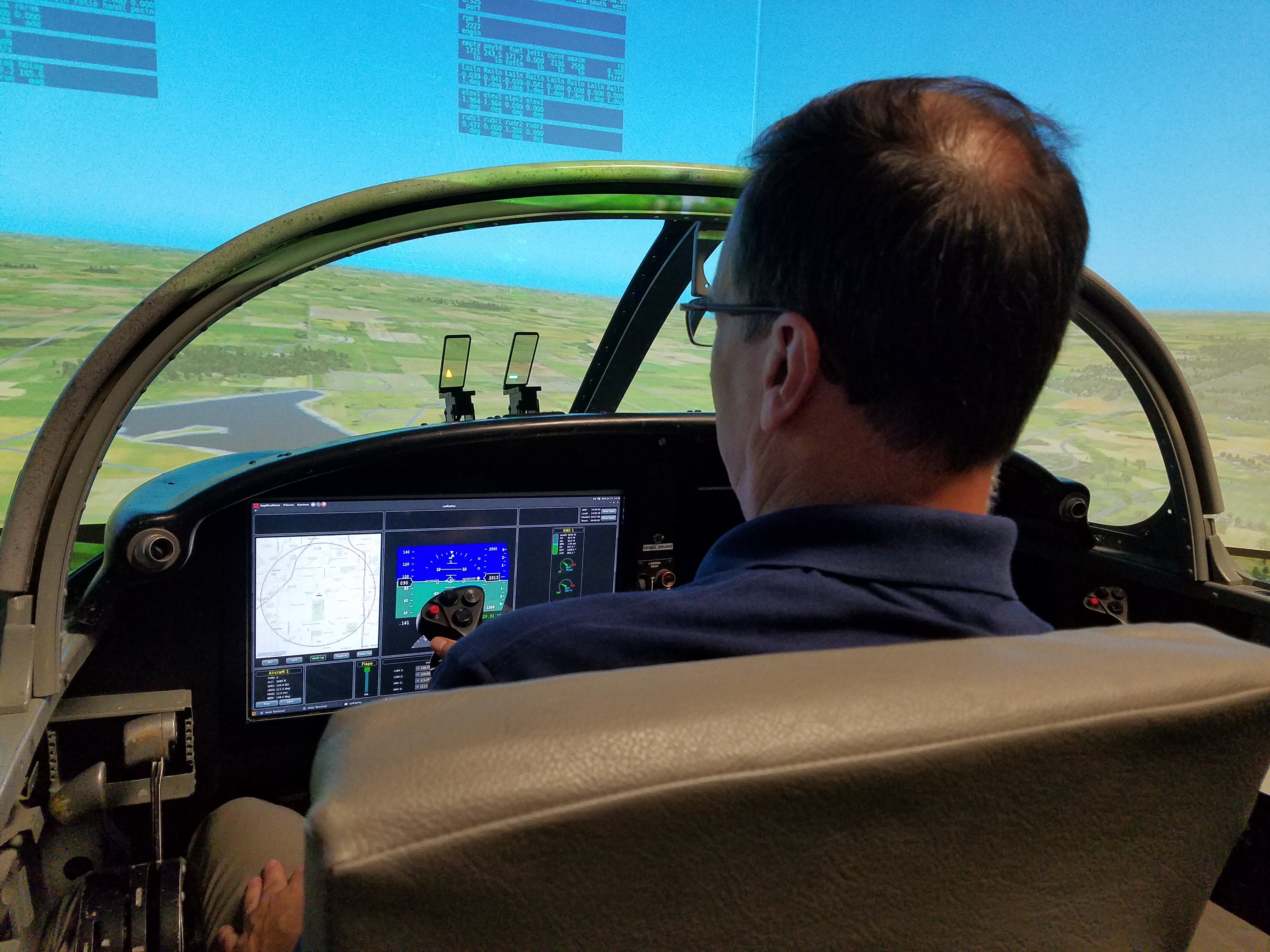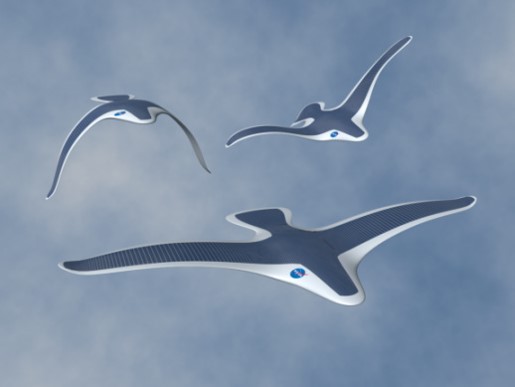L-3 Communications, Integrated Systems
15 February – 31 December 2009
Total award $89,000
The proposed work seeks to conduct applied research to support current and future L-3 IS goals in the area of trajectory design and generation. The focus of this work will be on investigating and implementing practical techniques for designing control inputs for complex aircraft trajectories, with an emphasis on evaluating dynamic loads and system identification. The objectives of the proposed effort are three fold. The first objective is to develop a MATLAB/SIMULINK flight simulation framework applicable to conventional transport airplane types. The second objective is to develop a simulated pilot that can be used for performing maneuvering flight and handling qualities analyses. The third objective is to develop methods for system identification using flight test data. Establishing a structured framework for aircraft data that will provide for modeling of a variety of transport aircraft types will facilitate new simulation developments. This effort will define an organized approach for defining, inputting and assembling the data needed for flight simulation.
Working with me on this program is Graduate Research Assistant:
- Jim May, M.S. student

